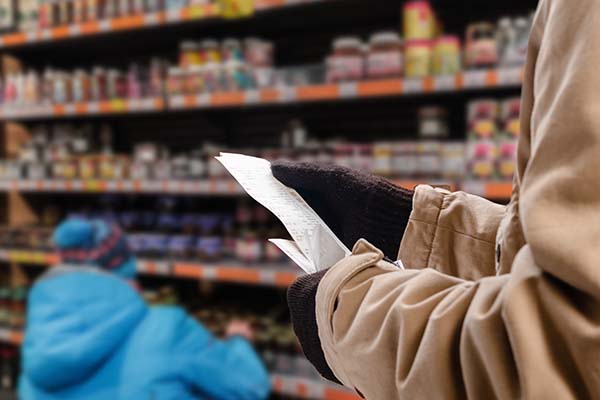What It Takes to Feed Our Community
United Way is working to ensure that everyone has access to healthy, affordable food.
Imagine if households connected to the electrical grid received varying amounts of power based on their income level or neighborhood. What if families in under-resourced or rural areas couldn’t access enough power to keep their lights on every day?
In most communities, we take for granted that our power grid will provide everyone the electricity they need. Our nation’s food system is a different story. Healthy, affordable food is abundant in some neighborhoods and hard to access in others.
United Way of Greater Fall River and our community partners are working to reinforce and expand our food infrastructure so that it serves everyone equally, no matter where they live.
What is Food Insecurity?
The term “food insecure” refers to individuals who don’t get enough healthy food on a regular basis.
For thousands of people in Greater Fall River, food insecurity means:
- Not knowing where the next meal is coming from
- Skipping meals or reducing portions
- Missing out on more expensive fresh produce and other healthy options
- Shopping at a convenience store, because there are no nearby supermarkets
- Spending hours walking, driving or taking public transport to reach the nearest grocery store
- Choosing between paying rent, going to the doctor or buying food for their family
Food insecurity is a pervasive, structural problem that’s intertwined with poverty, wage stagnation, educational opportunity, health care access and systemic racism.
According to Feeding America, a lack of healthy food can do significant harm to a child’s physical and mental health, academic achievement, and future economic prosperity. Food-insecure children may experience delayed development, an increased risk of chronic illness, and behavioral problems like hyperactivity and anxiety.
Who is Food Insecure?
In 2021, 42 million people across the nation are likely to experience food insecurity, according to Feeding America. That includes:
- 1 in 8 Americans
- 1 in 6 children
- 1 in 6 Latinx individuals
- 1 in 5 Black Americans
- 1 in 4 Native Americans
These individuals live in nearly every neighborhood and community, including our own
What is United Way of Greater Fall River doing to tackle food insecurity?
With our resources, partnerships, and ability to convene people from across the community, United Way of Greater Fall River is uniquely equipped to solve the complex challenge of food insecurity.
From mobile food pantries to health education that helps families cook healthy and affordable meals, we find creative, locally-based solutions to help communities narrow the food gap. With our community partners, we’re creating opportunities for families to eat fresher, healthier foods on a budget.
Our impact-driven solutions include supporting the following types of programs:
- Food delivery, communal meals and other nutrition programs for senior citizens
- Publishing food pantry and soup kitchen information
- After-school meals and summer lunch programs for children and youth
- Nutrition advice for new parents
- Programs that add to Supplemental Nutrition Assistance Program (SNAP) dollars like HIP and WIC
- Community gardens and farmers’ markets that increase access to fresh, healthy fruits and vegetables
- Mobile food pantries serving food deserts that lack local grocery stores
- Comprehensive information on local food resources shared through 211
In 2021, United Way of Greater Fall River provided over $51,000 in Food Grants to local community partners and provided over 150 holiday meals for families in need. Local communities play a vital role in helping people from under-invested neighborhoods access healthy and nutritious food. Together, using local solutions funded by local people, we can narrow the food gap in our community.

